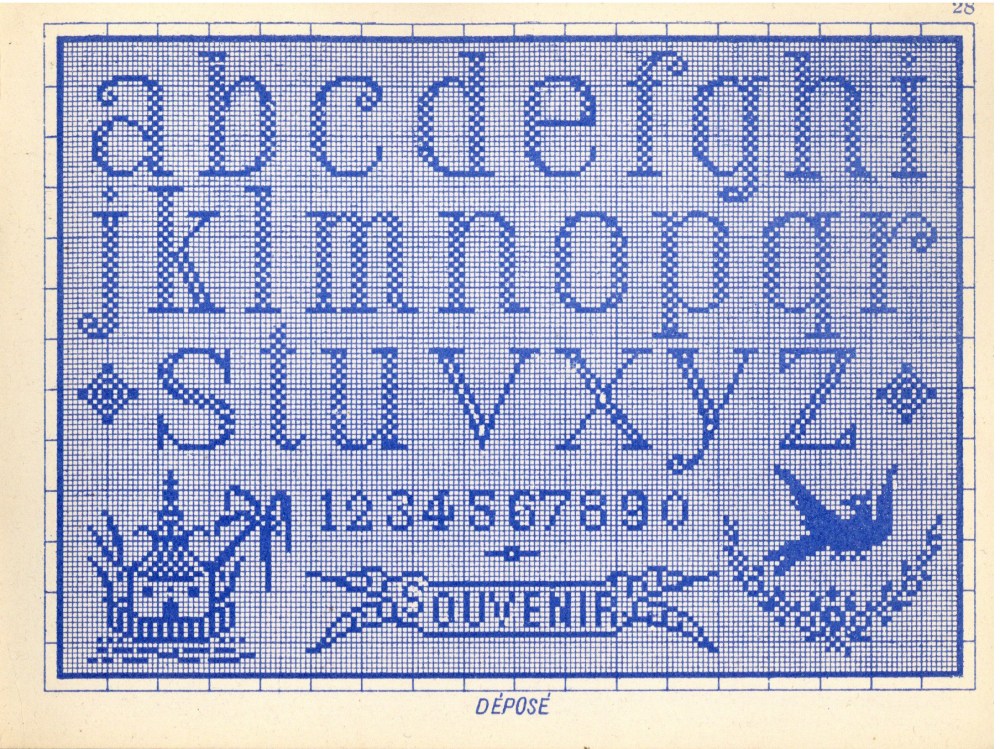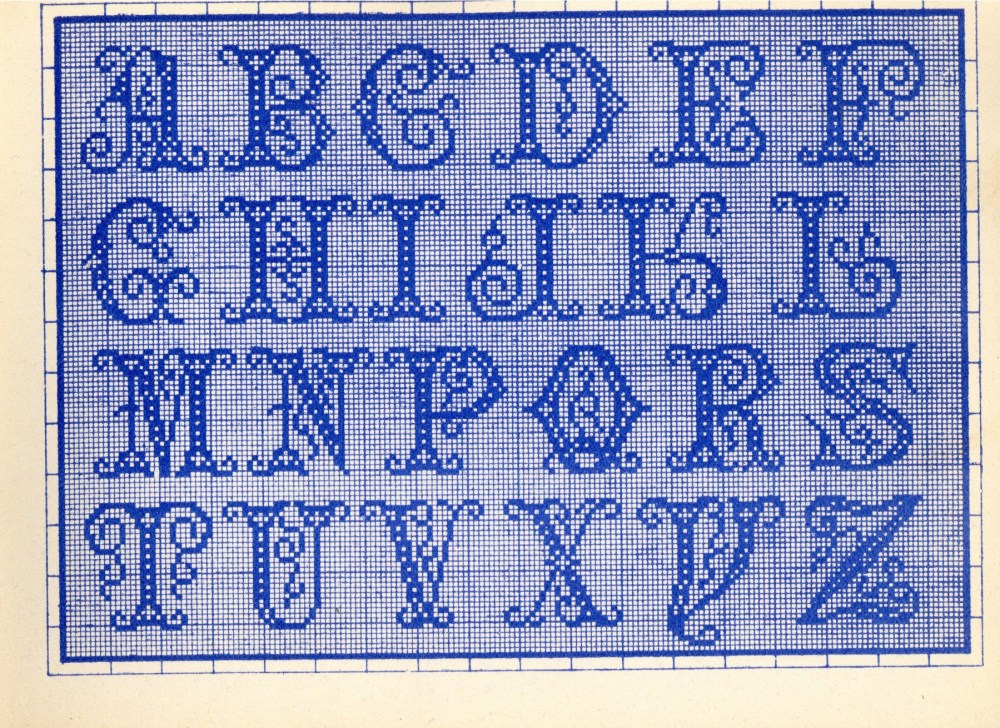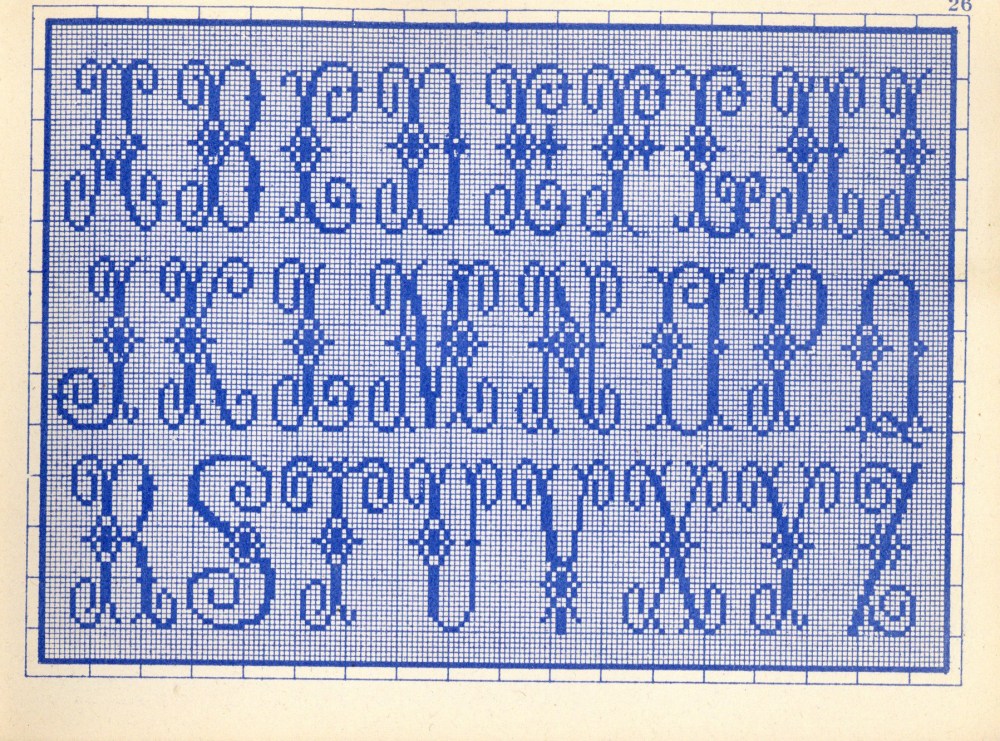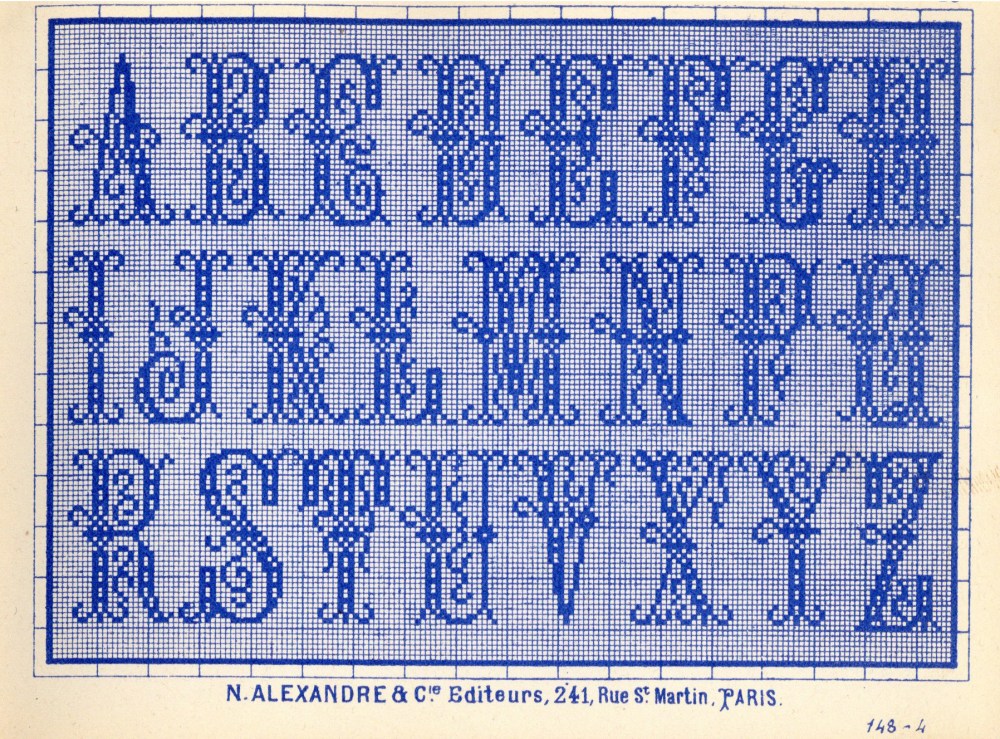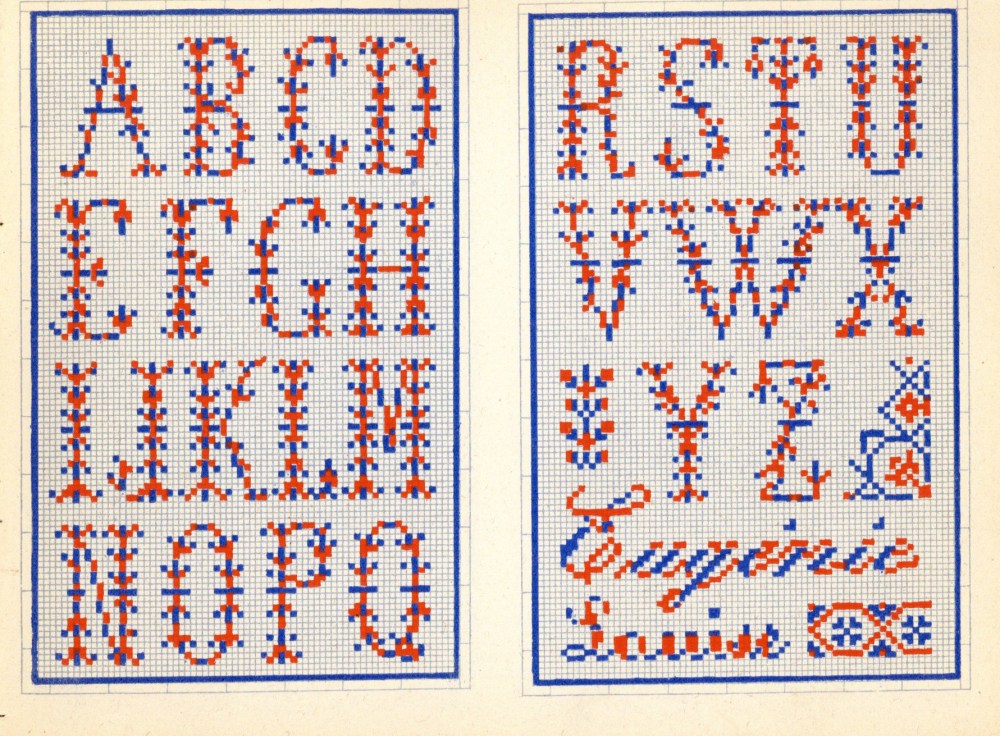Ace in the Hole stars Kirk Douglas as a streetwise urban newspaper man whose lack of ethics got him fired from 11 big publications. In the film, our desperate anti-hero tries to claw his way back to the top by reporting for a small-town newspaper in New Mexico, hoping to land the kind of sensational scoop that will grab headlines back East. I won’t give away the entire plot (you can get the idea here), but an incidental prop caught my eye. Can you tell what part of the mise en scene it is?

Look closely, now. . .

To the left of Kirk Douglas’ head is a handmade embroidered sampler—the vintage kind that was common for displaying a typographic motto like “Home Sweet Home.” This particular sampler is not as insignificant as it seems; there are three of them hanging around the office, and they underscore an important plot point.
These pieces are a venerable typographic medium. Per Wikipedia:
“A needlework sampler is a piece of embroidery or cross-stitching produced as a ‘specimen of achievement,’ demonstration or a test of skill in needlework. It often includes the alphabet, figures, motifs, decorative borders and sometimes the name of the person who embroidered it and the date.“
Seeing the pieces in the film triggered a few hours of digging through my digital and analog type specimen sheets to find more evidence of the origin of bitmap letterforms. This embroidery is made on a grid, and the letters conform to the size and shape of the grid in a form similar to early digital fonts. Whether this had any influence on bitmapping in the early digital days is supposition. However, I suppose it could have been an inspiring template for those designing ornate decorative wood and metal typefaces.
Just look at the sample pages from Au bon marché: Album de marques & de broderies (1900), which feature 40 plates of marks and embroidery. If this stuff did not influence the design of even a few fonts, I’ll eat my sampler.
